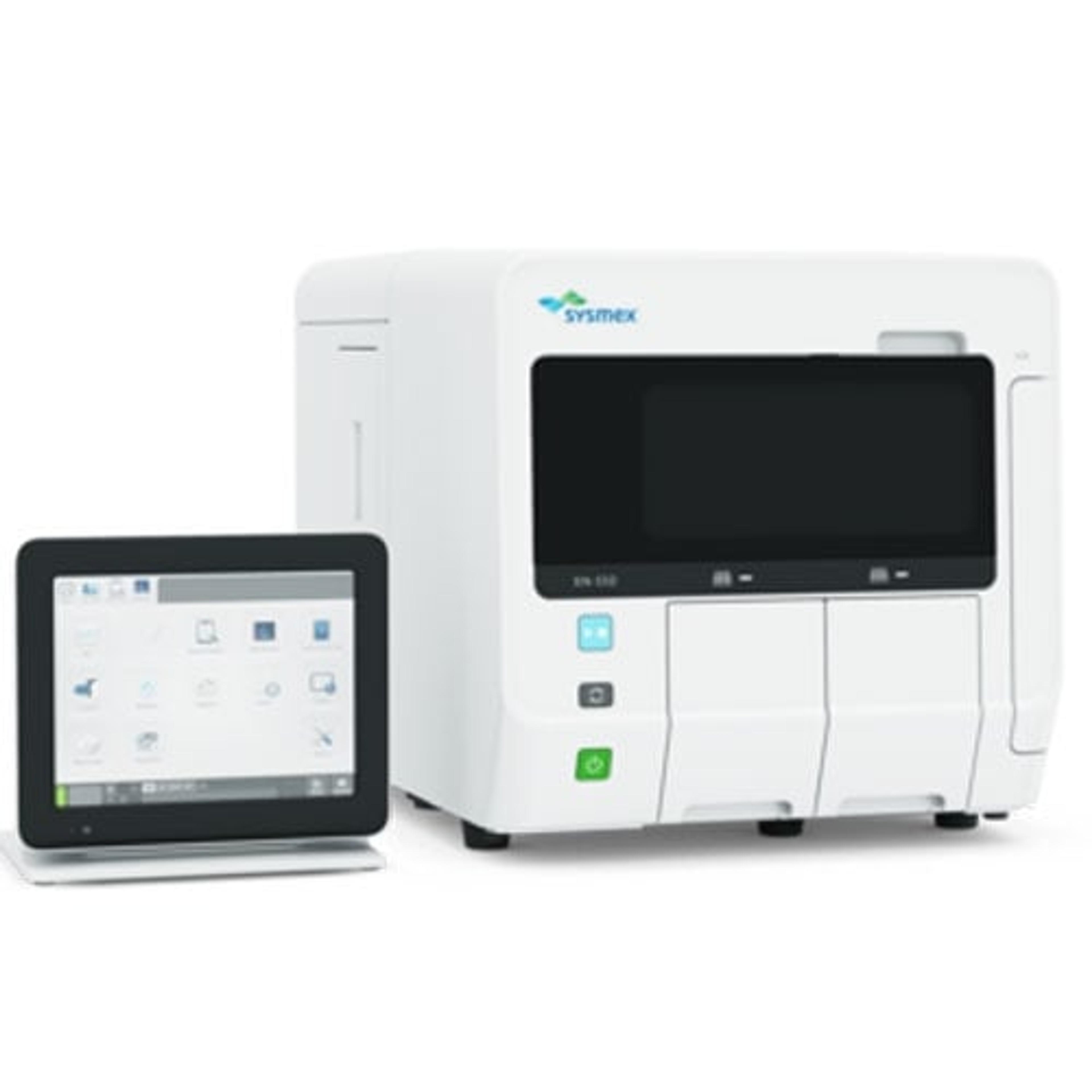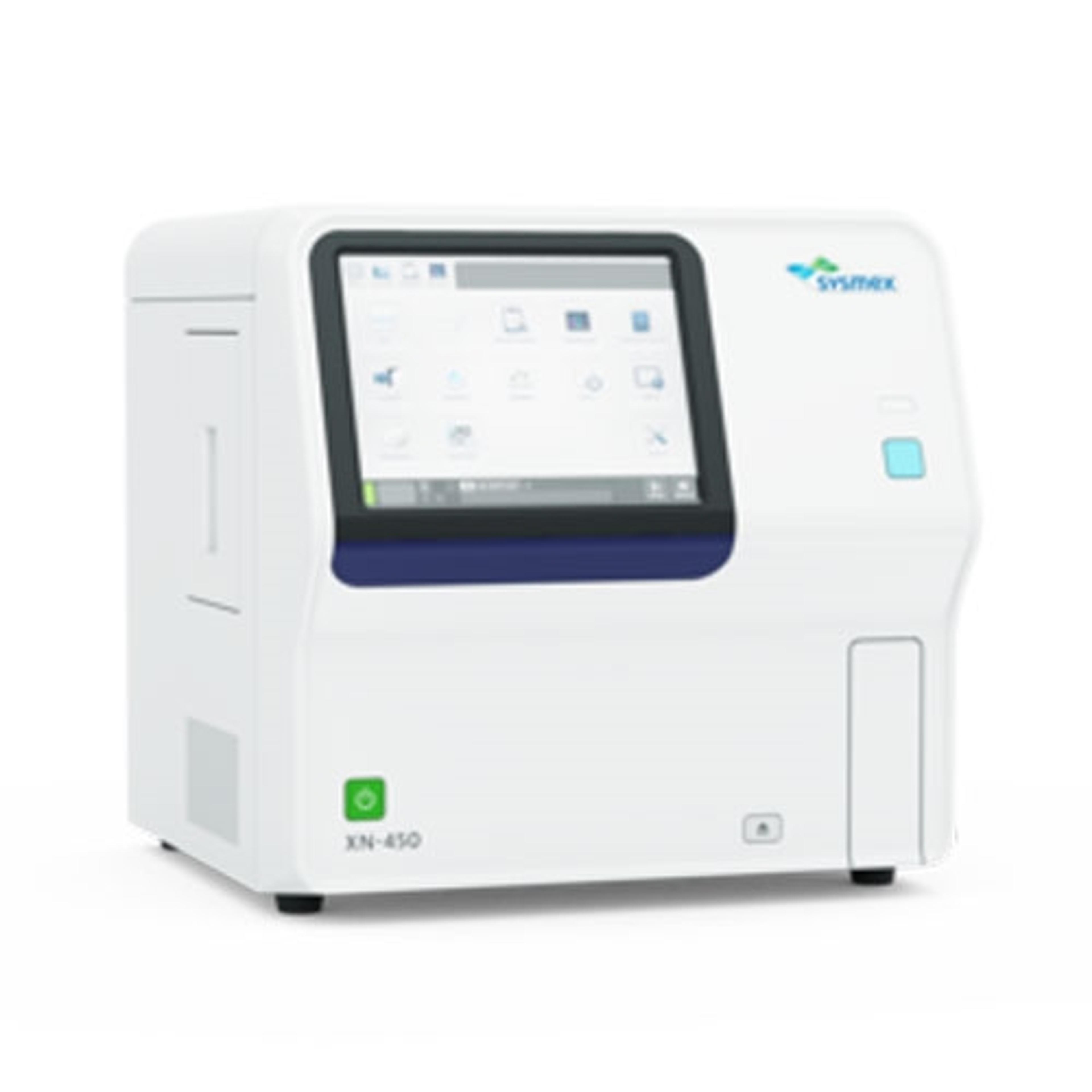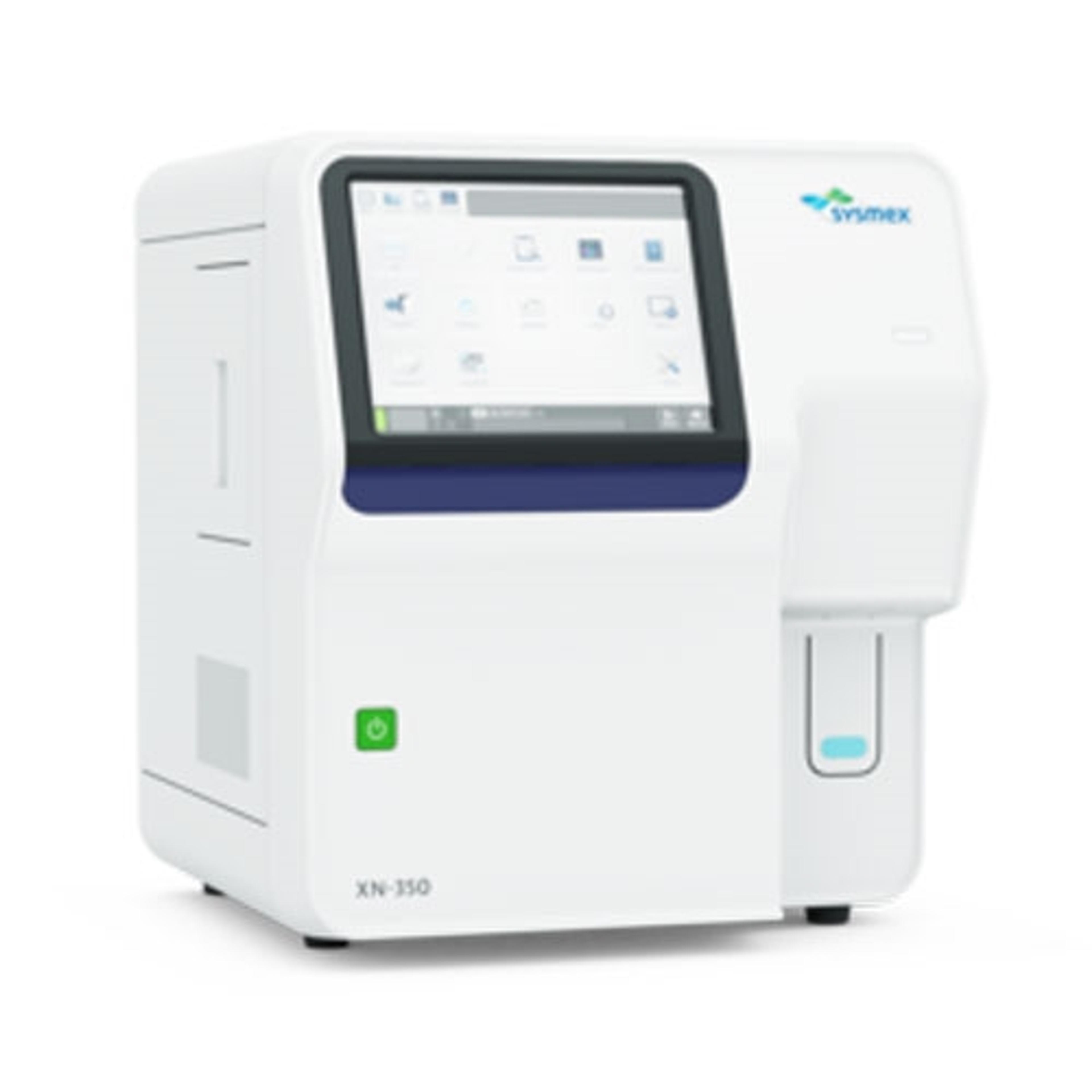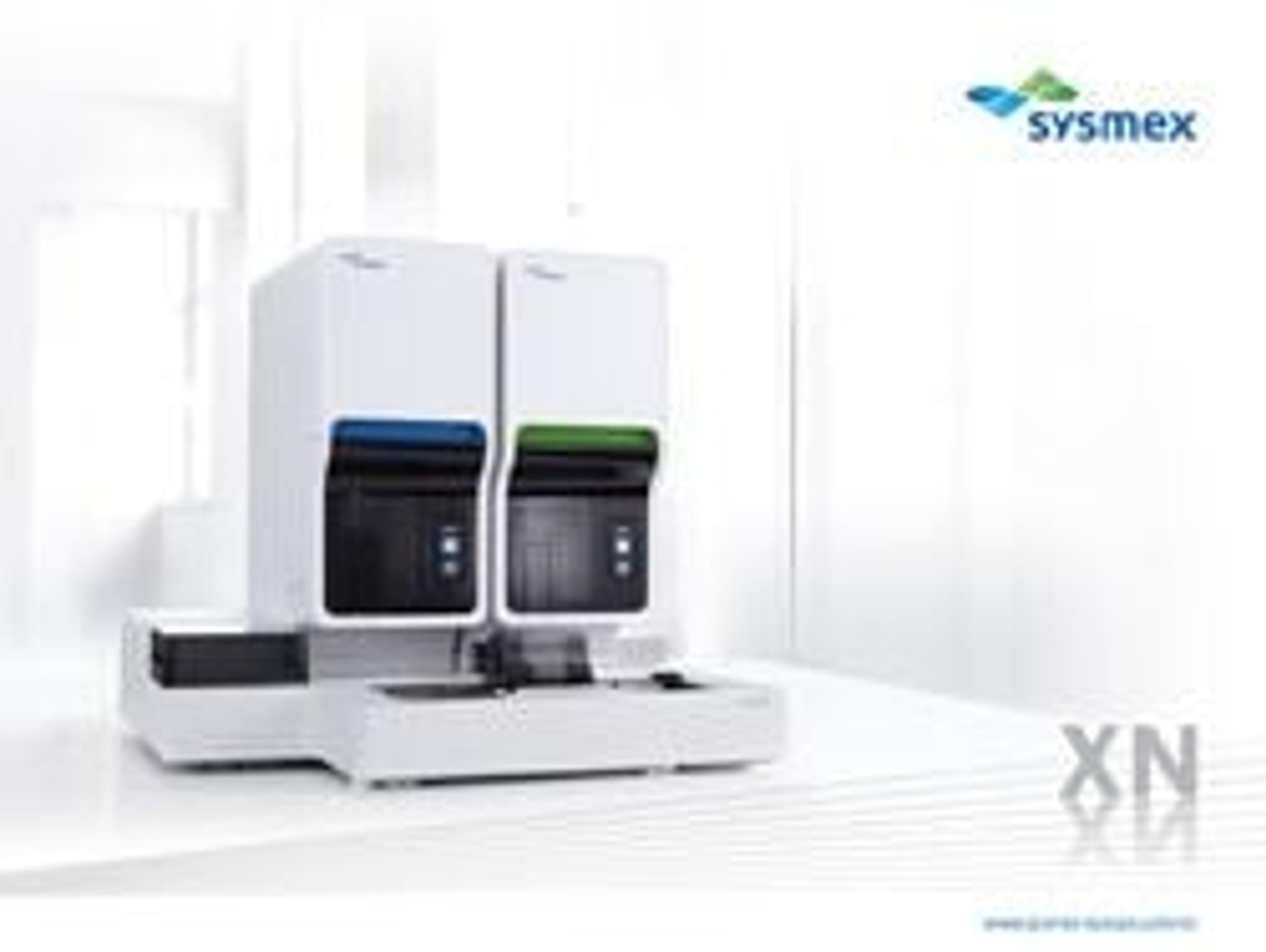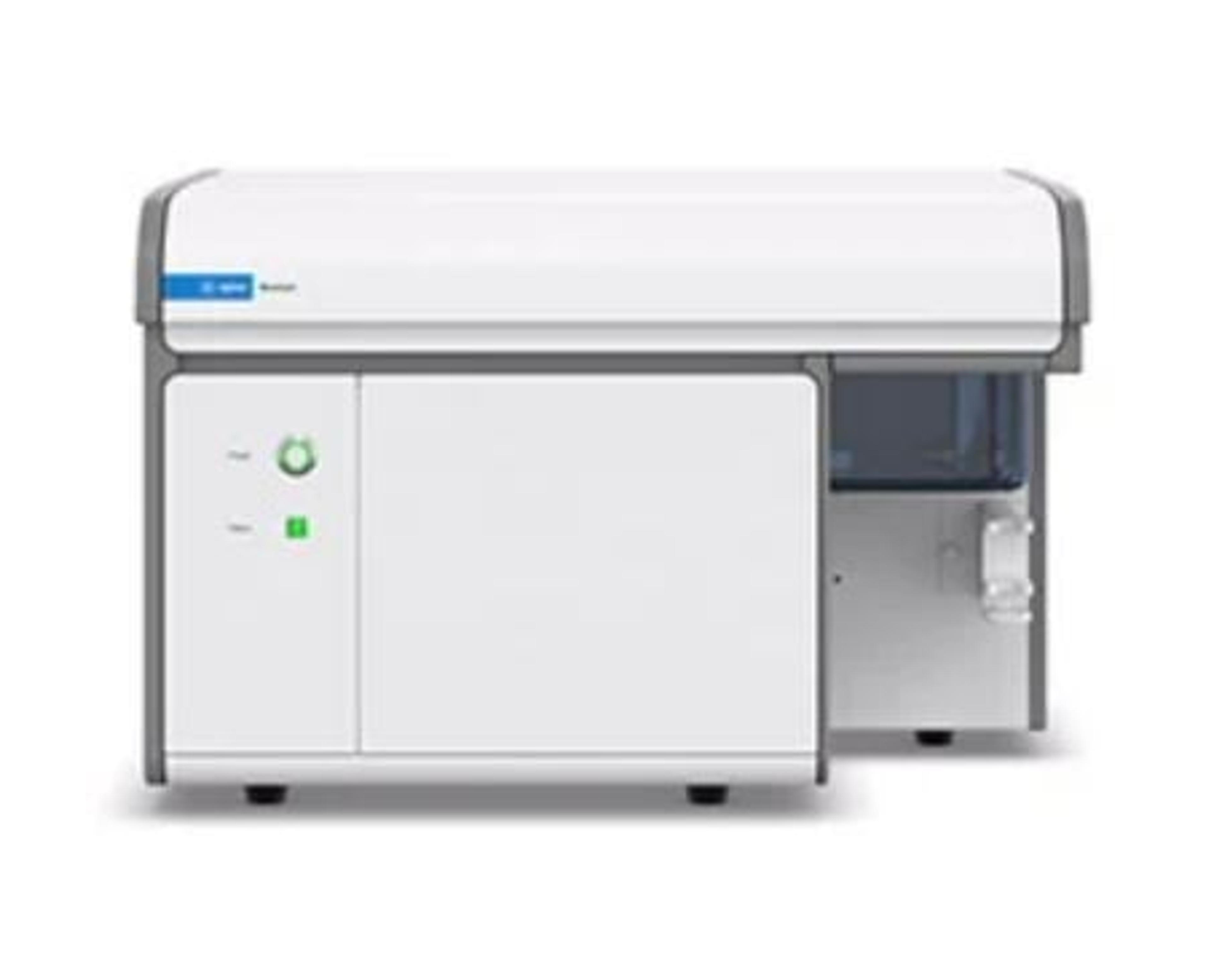New Hematology & Immunology Application Downloads
The latest articles from our SelectScience application article library
12 Jan 2016

The SelectScience application article library is updated daily with new case studies, white papers, scientific posters and application notes
This article contains some of the most recent hematology and immunology application articles available for download. Topics include the latest advances in flow cytometry, autoimmune screening and hemolysis investigation.
1. Human Blood Lymphocyte Subset Analysis with Lyse/no-wash Method
Based on biological function and cell-surface antigen expression, lymphocytes can be divided into three major populations, ie, T lymphocytes (CD3+), B lymphocytes (CD19+), and NK lymphocytes (CD16+CD56+). CD3+ T lymphocytes can be further divided into CD4+ T helper/inducer and CD8+ suppressor/cytotoxic subpopulations. This application note demonstrates the use of the NovoCyte flow cytometer for the analysis of human blood lymphocyte subset.
2. An Automated Cell Preparation Method For FlowCARE™ Pan-Leukocyte Gating (PLG) CD4 Assay
The PLG CD4 assay, uses two monoclonal antibodies: anti-CD45 for resolving leukocytes and anti-CD4 for enumerating CD4+ cells. The current PLG assay is semi-automated and allows for a maximum of 32 blood samples in tubes to be processed in a batch. This poster presents a modified FlowCARE™ PLG CD4 assay so that the addition of blood, antibodies, lysing, quenching, fixation reagents, and Flow-Count™ fluorospheres is performed in 96-well plates by an automated cell preparation system CellMek™.
3. Label-free Screening of Human Autoimmune Diseases
Hughes syndrome is derived from antibodies against cell-membrane phospholipid (aPL) resulting in thrombosis and complications during pregnancy like stillbirth, pre-term delivery, miscarriage or pre-eclampsia. This application note demonstrates the detection of specifically serological autoimmune antibodies using the Berthold Technologies bScreen with Biametrics 1lambda-RIDe technology.
4. Laboratory Investigation of Hemolysis
Hemolysis is the premature breakdown of red blood cells (RBC). This can occur either within macrophages of the reticuloendothelial system (RES), or within the blood vessels. This application note provides an overview of the methods of detecting hemolysis, and explains the impact of artefactual hemolysis caused by poor blood collection and sample handling.
This application note describes the use of the Attune NxT Flow Cytometer with 4 lasers and 13-color immunophenotyping analysis of stained human whole blood using a stain/lyse protocol. Lymphocyte, monocyte and granulocyte populations were distinguished with forward scatter (FSC) and side scatter (SSC); and monocyte, T cell, B cell and NK populations were identified using fluorescent antibodies against surface antigens specific for the different immunological populations.
6. Tools and Strategies for Rare-Event Detection Using Flow Cytometry
This application note presents a few major obstacles in rare-cell detection, specific strategies to address them, and examples of successful rare-cell analysis by flow cytometry. It is also demonstrated that acoustic focusing cytometry can dramatically increase sample acquisition rates compared with conventional flow cytometry, enabling a larger number of rare cells to be analyzed in a single experiment.

